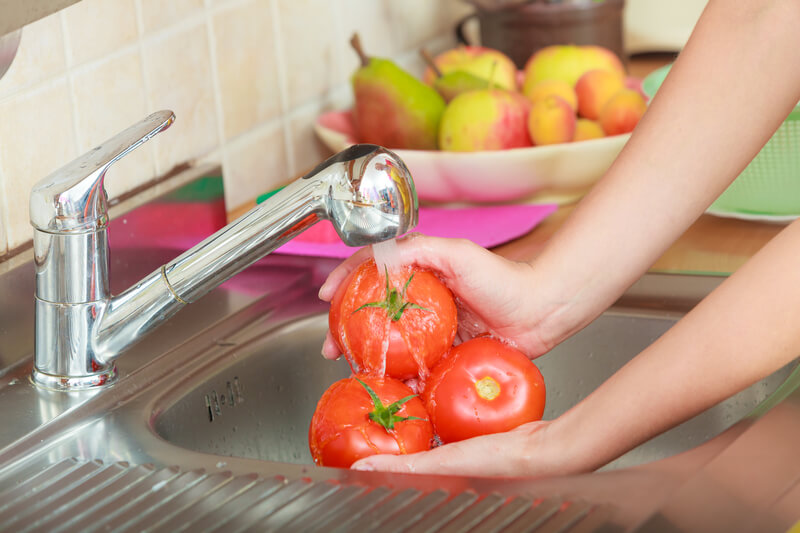When you are pregnant, your immune system becomes weaker, making it more difficult for your body to fight infections. This means you and your unborn baby are at more risk of getting food poisoning (also known as foodborne illness). Foodborne illnesses can be more serious during pregnancy and may lead to miscarriage or premature delivery. Bacteria, parasites, viruses or chemicals that can be in food may cause nausea, vomiting (throwing up), diarrhea (runny poop), fever, chills and abdominal (stomach) cramping. Food poisoning can be even more dangerous to your baby’s health than to yours. Some foodborne illnesses, such as Listeria and Toxoplasmosis, can infect your unborn baby, even if you do not feel sick.
The good news is food poisoning is preventable. You can practice safe food handling while you are pregnant to lower your risk of food poisoning. Safe food handling means shopping for, storing, cleaning and cooking food safely.
Keeping Your Food Safe
When shopping for food:
- Pick up cold or frozen food at the end of your shopping trip.
- Check the best before date on your food.
- Prevent bacteria in raw meat, poultry, fish and seafood from spreading to other foods in your cart by putting them in individual plastic bags.
- Wash your reusable grocery bags or bins often.
When storing food:
- As soon as you get home, store raw meat, poultry, fish and seafood in containers or plastic bags on the bottom shelf of your fridge. This will prevent raw juices from dripping onto other food.
- Store cut fruit and vegetables in the fridge.
- Cook raw meat, poultry, fish and seafood by the “best before” date, or no more than two to four days after buying it. Freeze it if you do not plan on cooking it by the “best before” date.
- Keep hot food hot and cold food cold
- Bacteria can grow quickly between 4°C and 60°C and cause food poisoning. This temperature range is called the “danger zone.” Avoid letting perishable foods sit at room temperature for more than two hours or outdoors in the summer for more than one hour.
When preparing food:
- Wash your hands often – after you touch raw meat, use the washroom or touch pets.
- Thaw your foods safely.
- Defrost raw meat, poultry, fish and seafood in the fridge, microwave, or in a sealed bag or container in cold water. Avoid defrosting items on the counter at room temperature.
- Use a scrub brush to wash fruits and vegetables with firm skin (e.g. carrots, potatoes, squash).
- Use one cutting board for ready-to-eat foods, and a separate one for raw meat, poultry, fish and seafood.
- Use a meat thermometer to avoid eating meat that is undercooked. See this chart for the proper temperatures to cook meat so it is safe to eat.
- Reheat leftovers until they are steaming
- Cook to a temperature of at least 74°C (165°F).
- Bring soups and sauces to a rolling boil.
For more tips, see Health Canada’s website.
Safer Food Choices During Pregnancy
Some types of foods have a higher risk of causing food poisoning for pregnant women because of how they are made or stored. Sometimes you can heat these foods to kill any harmful bacteria before eating or there are other similar foods you can eat instead to reduce the risk. Below are common foods and ways that you can prepare them more safely, or other foods to try instead. For a complete list, visit Health Canada’s website.
|
Type of Food |
Foods to Avoid |
Safer Alternatives |
|---|---|---|
|
Dairy products 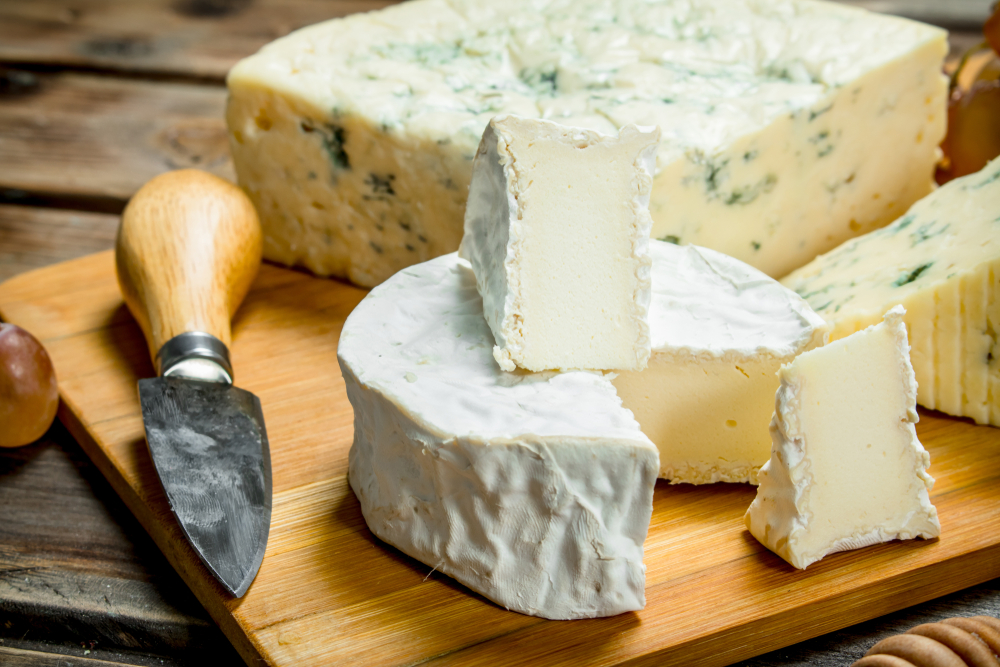 |
|
|
|
Hot dogs 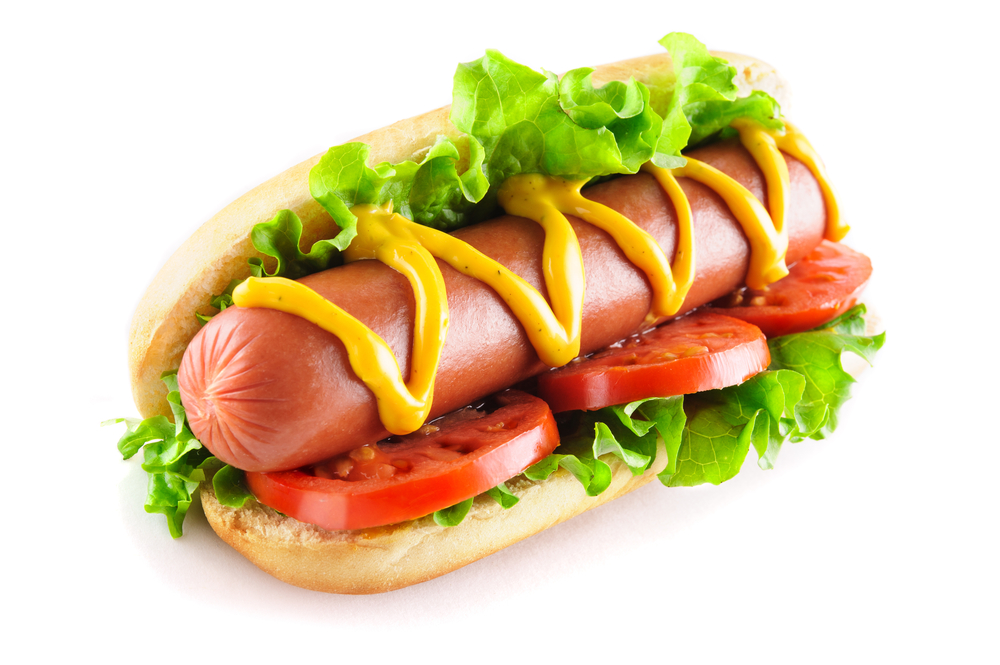 |
Hot dogs straight from the package, without heating |
|
|
Meat and poultry,  Deli meat 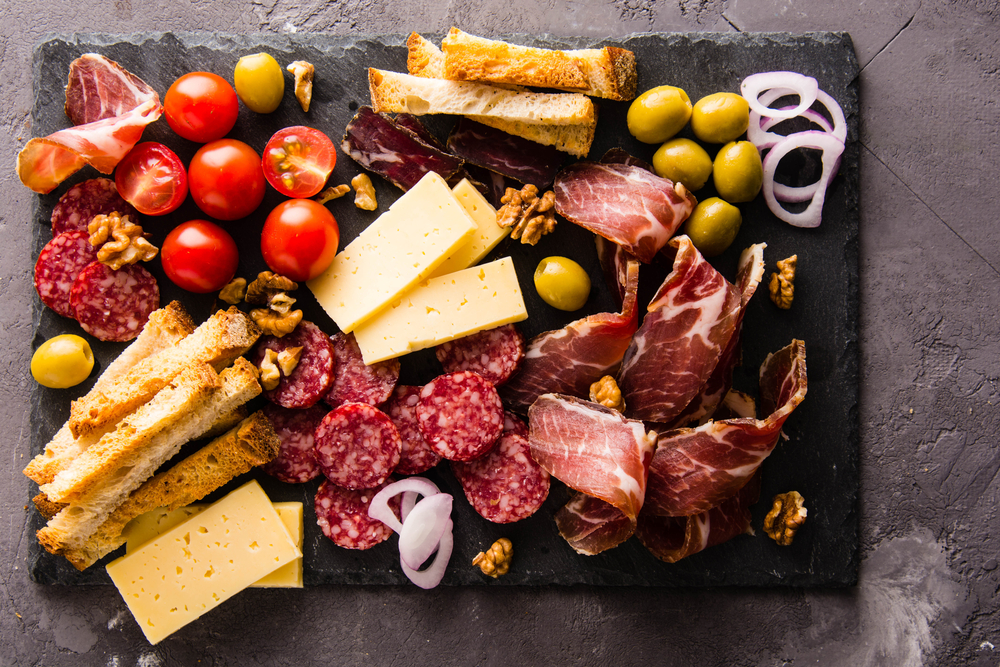 |
|
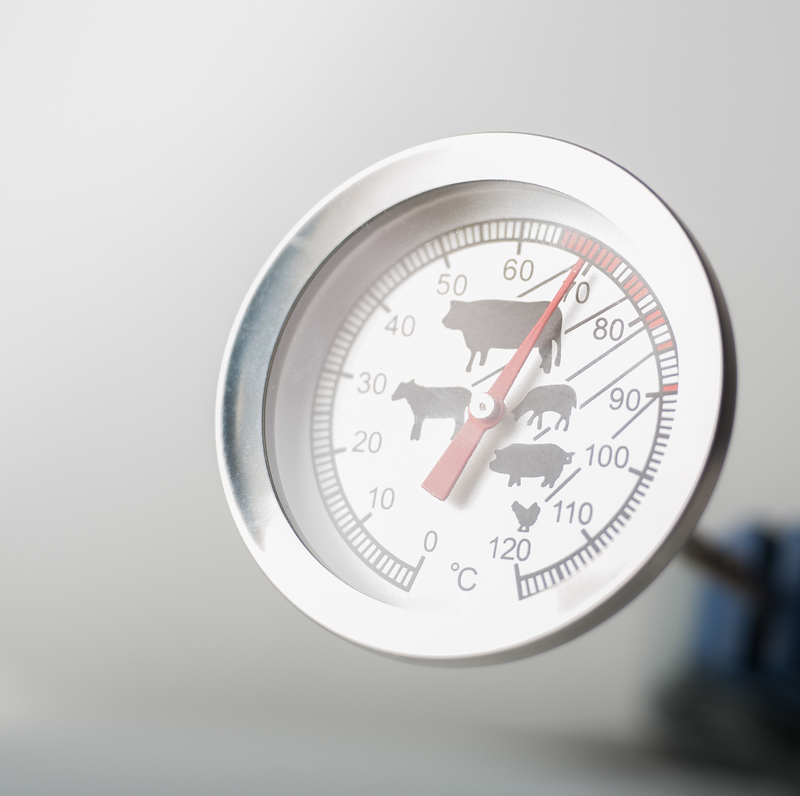
|
|
Eggs and egg products 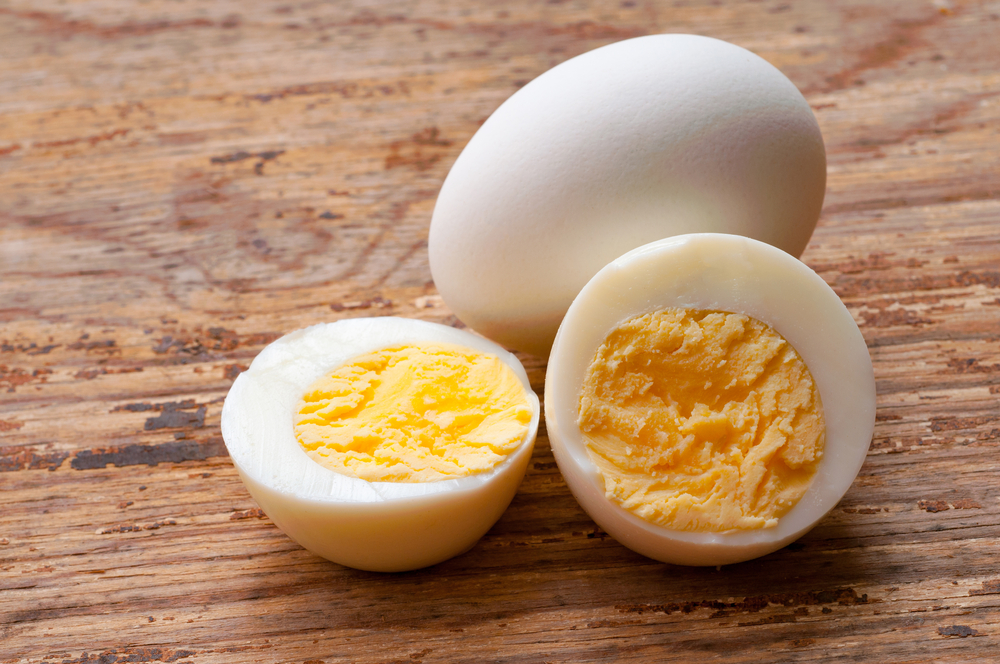 |
Raw or lightly cooked eggs or egg products that contain raw eggs, including:
|
|
|
Seafood 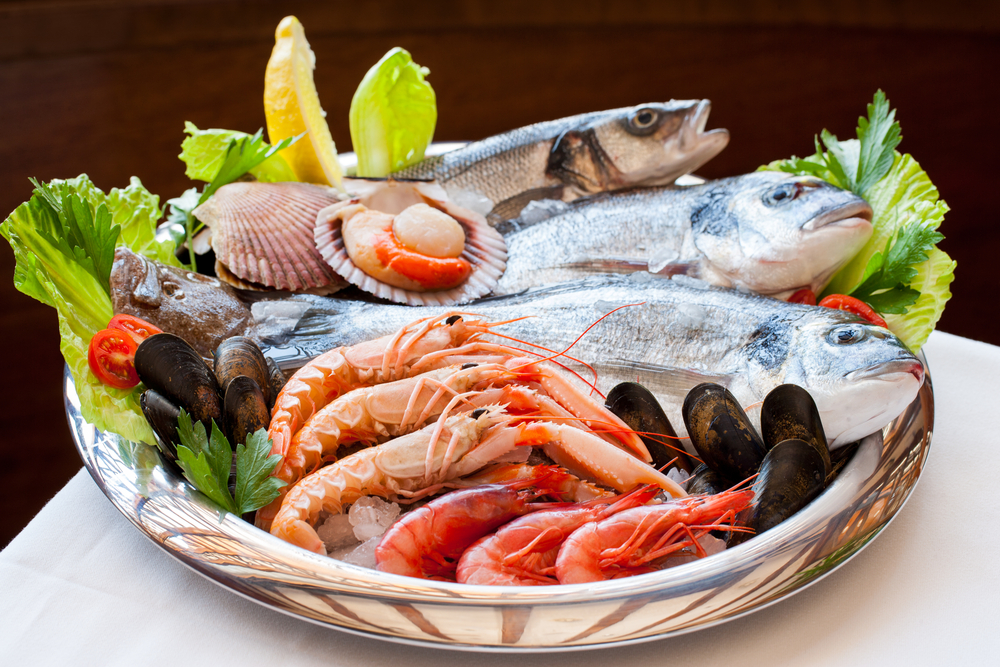 |
|
|

